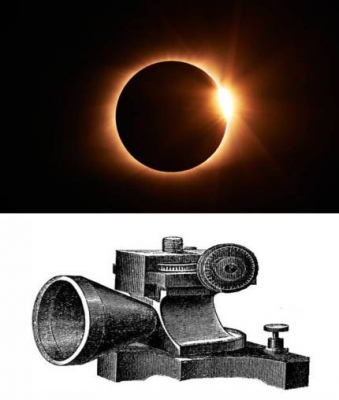
In 1878, the scientists in America were excited about a rare event that was to happen in the sky. It was a total solar eclipse that was to occur over much of the United States. It was a rare opportunity for scientists to study the phenomenon.
American scientists like Samuel Langley and Henry Draper were looking for a highly sensitive instrument that could measure minute changes in the heat emitted by the Sun’s corona during the eclipse. Edison was quick to take up the challenge, and he soon came up with a device that could detect infrared rays. He named it the tasimeter.
Edison went to Rawlins, Wyoming on July 29, 1878 to observe the total solar eclipse, with the other scientists. In fact, Edison took it as a competition with Samuel Langley, who was the director of Pittsburgh’s Allegheny Observatory. Edison preferred to work with his device alone, rather than letting Langley test the tasimeter’s performance along with other devices like the thermopile. Maybe Edison wanted to steal the show by working solo, but he didn’t succeed. Langley, too, failed to measure the heat from the Sun’s corona using his thermopile. However, he invented the bolometer within a year which is still in common use.
Picture Credit : Google



